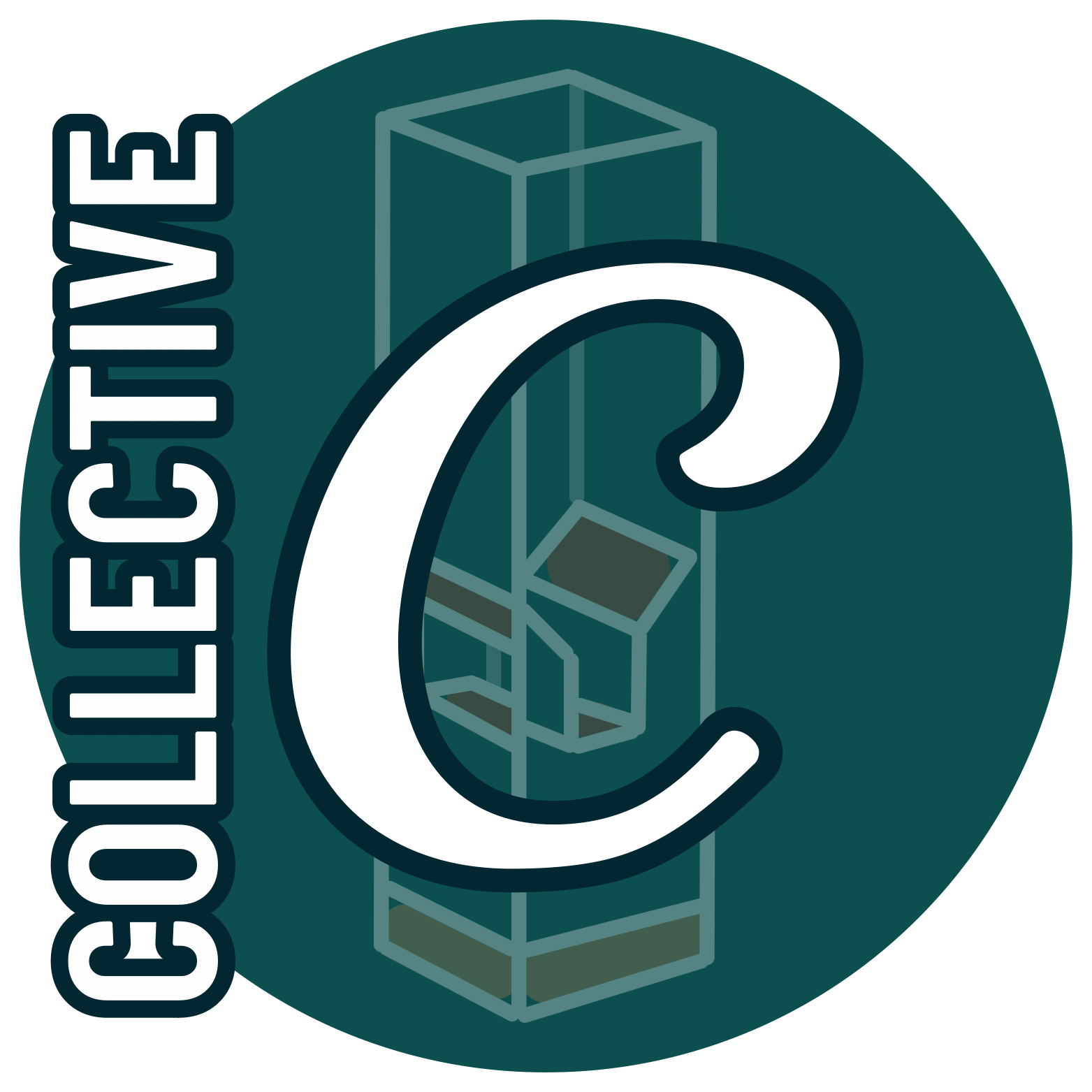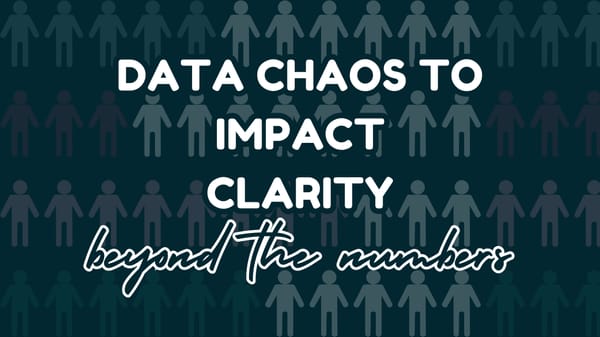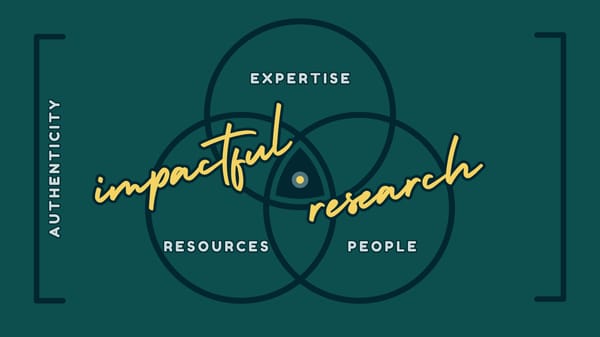🔊 If you prefer listening to reading, this content is available on our podcast:
We’ve discussed how academic publishing is an extractive business model and how this model persists through prestige.
Today, we’ll explore:
Sustainable publishing models that incentivize quality research.
In the process, we will examine:
- The roots of toxic academic publishing,
- How these roots can be supplanted with ethical practices,
- Business models for sustaining an ethical academic publishing system, and
- What we can do while we wait for such systems to become the norm.
Roots to Unsustainable Academic Publishing
Arguably, the greatest barrier to reforming academic publishing is that journal reputability is equated to quality research.

This toxic norm is rooted in five factors:
- Historical precedence: With a long history of consolidated power over where scholars publish, traditional academic journals are often perceived as reliable sources of knowledge.
- Selective publishing: Traditional journals have high rejection rates, accepting only a small percentage of submitted manuscripts. This selectivity can create an impression that the research published in these journals is higher quality than elsewhere.
- Pre-publication peer review: Unpublished, anonymous, pre-publication peer review processes limit accountability and transparency, provide the potential for silencing alternative perspectives, and contribute to the reliance of the readership on the journal’s brand to gauge the quality of the research.
- Citation metrics: Similarly, citation counts and journal metrics, such as the Journal Impact Factor, are often proxy indicators for research quality. Traditional journals tend to have higher citation counts and, thereby, impact factors, which can reinforce the perception that they publish high-quality research.
- Perceived value: All four factors lead to a perception that publishing in these journals is more valuable. This perceived value can influence hiring decisions, promotions, and funding opportunities, aligning a researcher’s career advancement with where they publish their research rather than what they contribute to science.
These factors contribute to traditional journals' power over what is perceived as reputable or quality research.
How can we incentivize research quality and impact over journal prestige?
Supplanting Ethical Publishing Practices

We can supplant the toxic roots of the problem with better alternatives:
- Historical precedence: Establishing new journals and platforms prioritizing research quality and transparency could outweigh historical standing. We could support initiatives recognizing and rewarding high-quality research published in less-established journals.
- Selective publishing: Journals could adopt transparent selection criteria focusing on research quality, rigor, and potential impact rather than the journal's prestige. Alternatively, pre-print publishing empowers researchers to decide when their work is ready for dissemination, removes delays and barriers to recent advancements in research, and encourages field practitioners to decide what is impactful to them.
- Peer review: Alternative peer review models, such as open or post-publication reviews, can increase transparency and reduce the gatekeeping role of editors and reviewers. Journals could provide clear guidelines and training for reviewers to ensure a fair and thorough evaluation process and could attribute and publish reviews to promote accountability and transparency.
- Citation metrics: Alternative metrics, such as article-level metrics and altmetrics, could be used to evaluate the impact of research beyond traditional citation counts and journal impact factors. Researchers, universities, and funding bodies could consider these alternative metrics when assessing research quality. Moreover, alternative measures of research quality that consider factors such as reproducibility, transparency, and societal impact could be developed and promoted.
- Perceived value: The changes would shift the focus from journal prestige to the quality and impact of individual research articles. Universities and funding bodies could prioritize research quality and impact over journal branding in hiring, promotion, and funding decisions.
By addressing these factors and promoting a publishing model emphasizing quality over prestige, we can create a more equitable and sustainable academic publishing landscape that aligns the interests of the public, science, researchers, and universities.
Extractive to Ethical: Who Will Pay to Reform Academic Publishing?
Remember this from Part 1?
A good business model sustainably aligns the company's, producers', and customers' interests.
With this in mind, academic publishing can be remodeled in ways that align incentives and promote sustainability.
What would the business model for an academic publishing cooperative look like?
The customers would be students, researchers, practitioners, and the general public, benefiting from unrestricted knowledge access.
The resources include open-access datasets, open-science initiatives and collaborations, and open-source publishing platforms offering publishing and indexing services for research outputs and tools.
This would enable further collaboration and reuse.
The producers manage the platform and researchers who, as usual, are engaged in designing and conducting research as part of their service, impact, and teaching within a university or research center. However, they aim to preprint accessible research articles, data, case studies, presentations, and other means of conveying information and telling stories for public dissemination and impact - not academic reverence or clout.
Additionally, researchers are compensated through stipends, honorariums, or research funding awards for facilitating and providing open, post-publication peer review and discussion within their communities.
How will we pay for this lovely academic publishing system?

Traditional publishers fund their academic publishing predominantly through university library subscriptions.
I don't know how old you are, but if you remember things like telephone books, newspapers, or cable TV. This is similar antiquity to that.
A revenue model established on a single source of something likely to get replaced by technological advancements is not particularly sustainable.
This is why so many traditional business models tend to fail in the age of information.
Or maybe it's all the millennials' fault, I don't know. ☕️🐸
We need a distributed revenue model, not an outdated extractive model relying on consolidated power.
What if we took notes from the successful revenue models of reformed or newly arisen hubs for information exchange that have become the go-to resources for learning in the information age?
For example, consider the business model of public libraries:
- Resources: Physical and digital books, media, space, expertise.
- Producers: Librarians and content creators for library programs and events.
- Products/Services: Access to books, media, programs, events, and expertise.
- Customers: Library patrons and community members.
- (Distributed) revenue model: Public funding, grants, donations, partnerships, and fees for certain services or programs.
Public libraries provide access to resources, programs, and expertise, often funded by public money, grants, and donations. This model ensures that the value created by the library is accessible to the community without extracting excessive profits from users.
Or even the business model of YouTube:
- Resources: User-generated content, advertising space, user preferences, and behavior data.
- Producers: Content creators, advertisers.
- Products/Services: Video hosting, advertising platform, premium content.
- Customers: Viewers, advertisers, premium subscribers.
- (Distributed) revenue model: Advertising, data to advance the development of the world's largest search engine, and subscription fees for premium content.
In the YouTube model, content creators and YouTube share revenue generated from advertising and subscription fees for premium content. This aligns with the interests of the company, producers, and customers, as they all benefit from the value created by the platform.
The revenue required to cover the cost of services provided by the academic publishing cooperative could be generated from a diversified number of sources:
- Governmental grants supporting these initiatives,
- Universities repurposing a fraction of the expenses that once went to journal subscriptions,
- Partnerships with libraries, YouTube, research centers, and other allies in education,
- Donations and voluntary subscribers seeking to support their favorite research cooperatives,
- Cost-based fees for extra services or programs.
In this model, the publisher’s resources are publicly funded research worth less than the revenue generated from partnerships and funding. This covers the publisher’s costs and risks while allowing researchers to share their work freely.
Producers' compensation is worth more than just having access to publish their research independently. They benefit from the company's publishing, distribution, and visibility support, which helps them reach a wider audience and significantly impact the scientific community.
For customers, the research is worth more than the cost of access because of its value in knowledge, insights, and potential applications. The open-access model ensures that the research is freely available to anyone who wants to learn from it.
This model aligns the interests of the company, producers, and customers, creating a sustainable and ethical business model for academic publishing. It addresses the issues of the extractive model, where publishers profit from privatizing publicly funded research, and researchers are not adequately compensated for their labor.
By adopting a partnership-based approach and focusing on the shared values of academic institutions and libraries, this model can help transform the current academic publishing landscape into a more inclusive and accessible system.
This all sounds lovely, but...
What do we do while this system becomes the norm?
We could...
- Contribute to efforts in building sustainable academic publishing cooperatives,
- Utilize institutional repositories, preprint servers, and open-source publishing platforms and workflows for publishing our work.
And overall, we could be more selective about where we publish our research.
In The Cuvette, an academic publishing cooperative for science educators, I published a resource to support researchers in identifying ethical journals:

Conclusion
It's important to remember that our participation makes this system persist.
We control it. Not gatekeeping publishers profiting from our work. We can dismantle this system. Reforms start small but gain momentum with collaboration. So, let's work together to question assumptions holding us back, organize against exploitation, and support those silenced by bias.
References and Resources
Here's the infographic: Rosa, Ph.D., V. (2023). Demystifying academic publishing: A Researcher’s guide to ethical journals. In Volume 1. The Cuvette. https://www.thecuvette.org/pub/zy5kna35
1. Takeuchi, H., & Quelch, J. A. (1983). Quality Is More Than Making a Good Product. Harvard Business Review, 139-145. Retrieved from https://hbr.org/1983/07/quality-is-more-than-making-a-good-product
2. Kuleuven. (n.d.). Establish a Sustainable Scholarly Publishing Model. Retrieved from https://www.kuleuven.be/open-science/what-is-open-science/challenges/establish-a-sustainable-scholarly-publishing-model
3. Western University. (n.d.). Sustainability Challenges in Scholarly Publishing. Retrieved from https://www.lib.uwo.ca/files/scholarship/5-imtg-sustainability_challenges_en_finalWL.pdf
4. ResearchGate. (n.d.). Towards a More Sustainable Academic Publishing System. Retrieved from https://www.researchgate.net/publication/348589262_Towards_a_more_sustainable_academic_publishing_system
5. University of Minnesota Libraries. (2019, March). U California and Efforts to Create Sustainable, Accessible Scholarly Publishing. Retrieved from https://www.continuum.umn.edu/2019/03/u-california-and-efforts-to-create-sustainable-accessible-scholarly-publishing/
6. Australian Competition & Consumer Commission. (n.d.). The Impact of Digital Platforms on News and Journalistic Content. Retrieved from https://www.accc.gov.au/system/files/ACCC+commissioned+report+-+The+impact+of+digital+platforms+on+news+and+journalistic+content,+Centre+for+Media+Transition+(2).pdf
Next: Can empathy hurt reform? 💔
Click to Access ➡️About Cuvette Collective:
Cuvette Collective represents a community of educators and scientists dedicated to empowering the societal impact of STEM research.
We provide tailored tools, strategies, and insights to help scientists craft authentic, impactful broader impact plans that align with NSF priorities and their research focus.
Our engaging blog posts, interactive resources, and personalized consulting services support researchers in leveraging their scientific expertise to make a meaningful difference in society.
How to get involved:
1️⃣ Subscribe to our blog for the latest tips and insights.
2️⃣ Apply to participate in the Broader Impacts Excellence Program.
3️⃣ Reach out and let us know how we can help to enhance your broader impacts efforts.








Member discussion